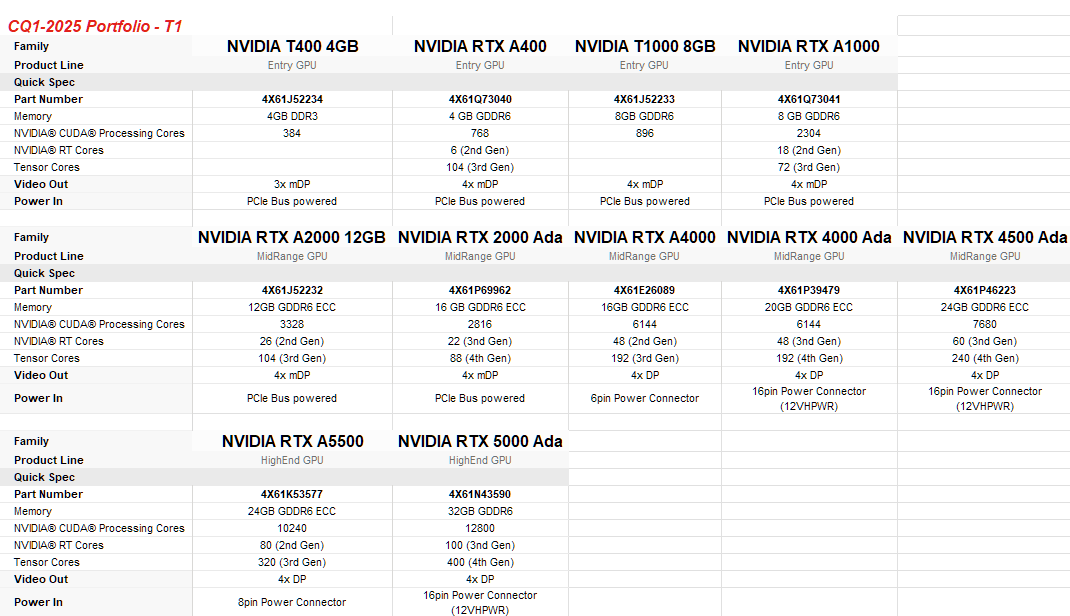Und bleibt ein 100%iges Tochterunternehmen von Fujitsu!
Im Rahmen unserer globalen Strategie hat Fujitsu am 1. April 2024 die Geschäftsbereiche Server und Storage in der Fsas Technologies Inc. Group in Japan zusammengelegt. Mit dem Ziel, eine globale Platform-Geschäftseinheit zu bilden, wird der europäische Platform-Geschäftsbereich ab dem 1. April 2025 Teil der Fsas Technologies Inc. Group werden.
Die Umfirmierung erfolgt unter Beibehaltung unserer rechtlichen Identität. Werte, Produktportfolio, Produktnamen, Ansprechpartner und Kontaktdaten bleiben gleich. Es ändert sich lediglich der Name unseres Unternehmens.
Als Fsas Technologies können und werden wir uns vollständig auf die Bedürfnisse unserer Kunden und Partner konzentrieren – und unsere spezifische Expertise als datensouveräner Technologieführer für Rechenzentrumslösungen und Infrastrukturdienstleistungen nutzen.
Mit dieser Transition zu Fsas Technologies stellen wir neben dem Fujitsu Services Geschäft eine eigene Säule im Fujitsu Konzern dar, profitieren aber gleichzeitig als 100%ige Tochter von der Stärke, den Werten und den Ressourcen unseres japanischen Mutterkonzerns.


